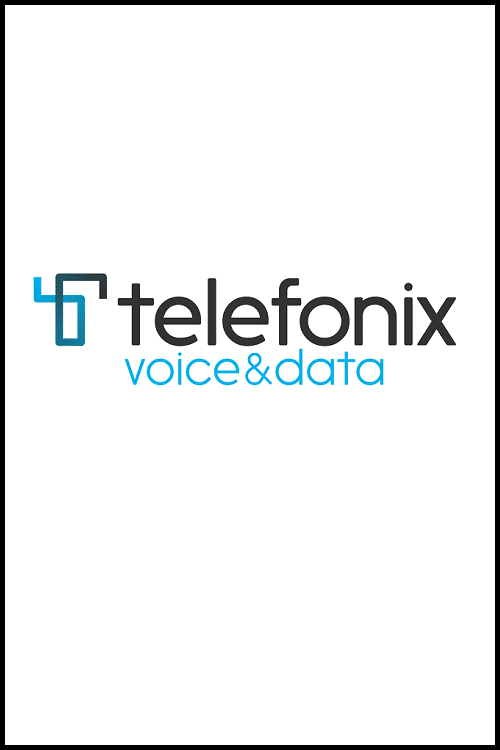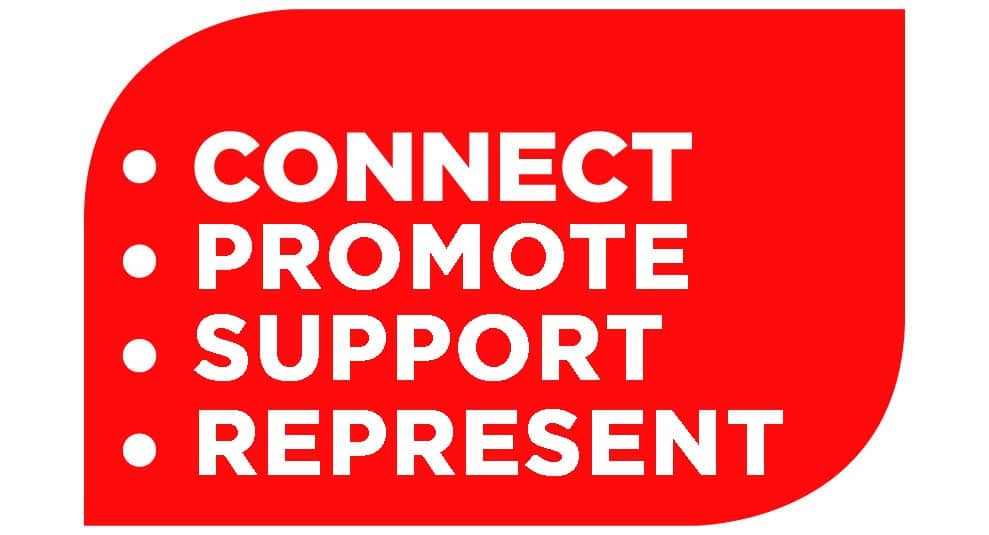Actionable Insights – Go Beyond Pretty Pictures
16th June 2021

The term Actionable Insights is being coined by most analytics firms and has become a buzzword. In the simplest term, actionable insight is telling a story that results in clear, concise, and meaningful actions that businesses can take towards their strategic goal. However, quite often when you come across the term actionable insights, all you see is a very pretty dashboard with the visualised data. And then you are left asking “So what do I do with that information?”, “What does this mean?” or “What caused the change in trend”? Forrester reports 74% of firms say they want to be data-driven, but only 29% are actually successful at connecting analytics to action. But there is a clear distinction between the visualised insights and actionable insights. Let us look at the components that make up Insights:

COMPONENTS OF INSIGHTS
As per term, Data is raw and unprocessed information in the form of numbers, text, JSON, XML, etc. formats. On its own, data has no meaning to any context within a business. However, as a component of Insights, data is the key layer and drives the insights and business analytics in general.
The next component is the Information. This is processed, organised, and contextualised in a user-friendly way. Information is often delivered in the form of visualisations, reports and dashboards.
The last component, Insights, are generated by analysing the information and drawing conclusions. Data and Information components are crucial towards building a data-driven decision-making process. But these insights are not actionable by no means. You may be wondering why not? Let us look at it by analysing an example of Net Promoter Score (NPS).
NPS surveys a very important customer feedback that businesses capture to find out what the customers think about companies’ products and services. Besides, these surveys can sit permanently on your website or be an interactive form at an event that means that your insights must be updated with real-time changes.
Let us say that your dashboard shows that the NPS score is down 7 points compared to last month – that is Insight. However, if you would be able to see that your NPS score is down because of a bug in the software update for one of the channels – that would be an Actionable Insight. Why? Because actionable insights clearly state the next course of actions if any. Within this NPS example, the following actions could be drawn:
⦁ Insights -> Adaptation -> Action: The action would be to see where the process failed to capture the bug, and then resolve it so that this does not happen again.
⦁ Insights -> No action needed: A confirmation that forecasted insights have been met with actuals. Confirmation of assumptions is as important as specifying actions so that the right focus is spent in areas that demands focus.
⦁ Insights -> Rethink Strategy: Organisations that have implemented a data-centric process create actionable insights that confirm the business strategy, or rethink to shape the strategy. Within the NPS example if the score is primarily down for one bug on one channel but all the customers are raving about the new upgrade features, then the upgrade to the software was the right strategic decision. However, if the upgrade has made the customer experience so drastically different, one needs to strategically change the course.

Thus, if you are among those who have a multitude of visualisations with pretty pictures and dashboards but the usage metrics of those dashboards is very poor, then it is time to go through a thorough audit process of your insights. This is a worthwhile exercise as the collection, cleanse, storage, transformation and display of data for those pretty dashboards has costs associated with them. If insights are not being used to drive actions or recommend strategic goals or changes, then it is a waste of resources.
The first place to start would be to interview the audience of those dashboards and understand how they use them, and what steps are taken beyond what the dashboard shows. Ei Square®’s experience shows that these interviews invariably point towards more data analysis request made or more underlying data scrutiny that the users do themselves to come to the actionable part. In other words, to verify whether your dashboard is actionable will be when it clearly tells you what needs to be done. If you look at a report and visualisation and it does not clearly say what needs to be done (or no action) – then rethink your data strategy.

To conclude, do not just spend time building pretty pictures and dashboards which soon become cumbersome to maintain and drive no business value. Go through a thorough process of auditing your Insights to make them actionable, and more importantly use those actionable insights to improve your business performance and reduce operational costs.








































